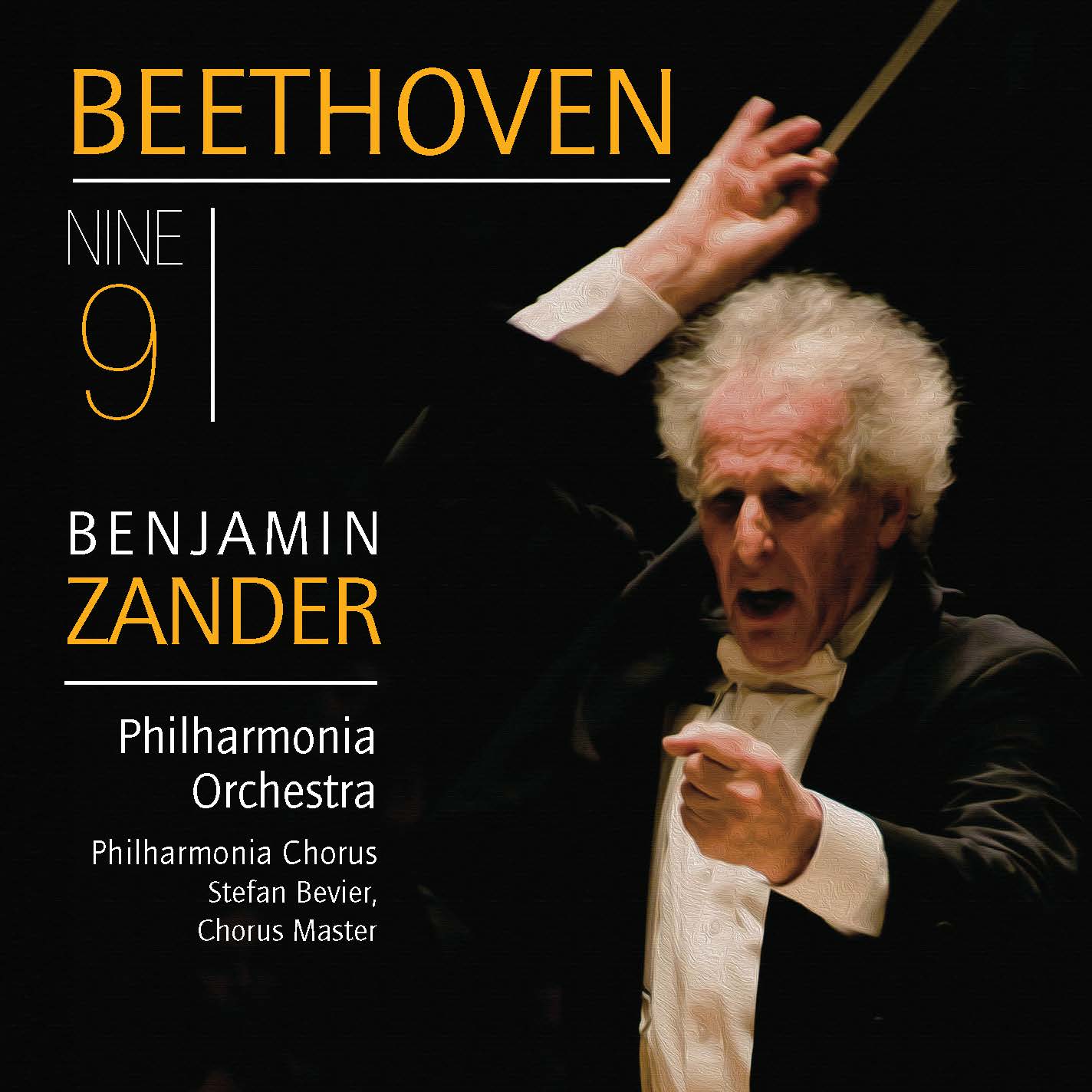
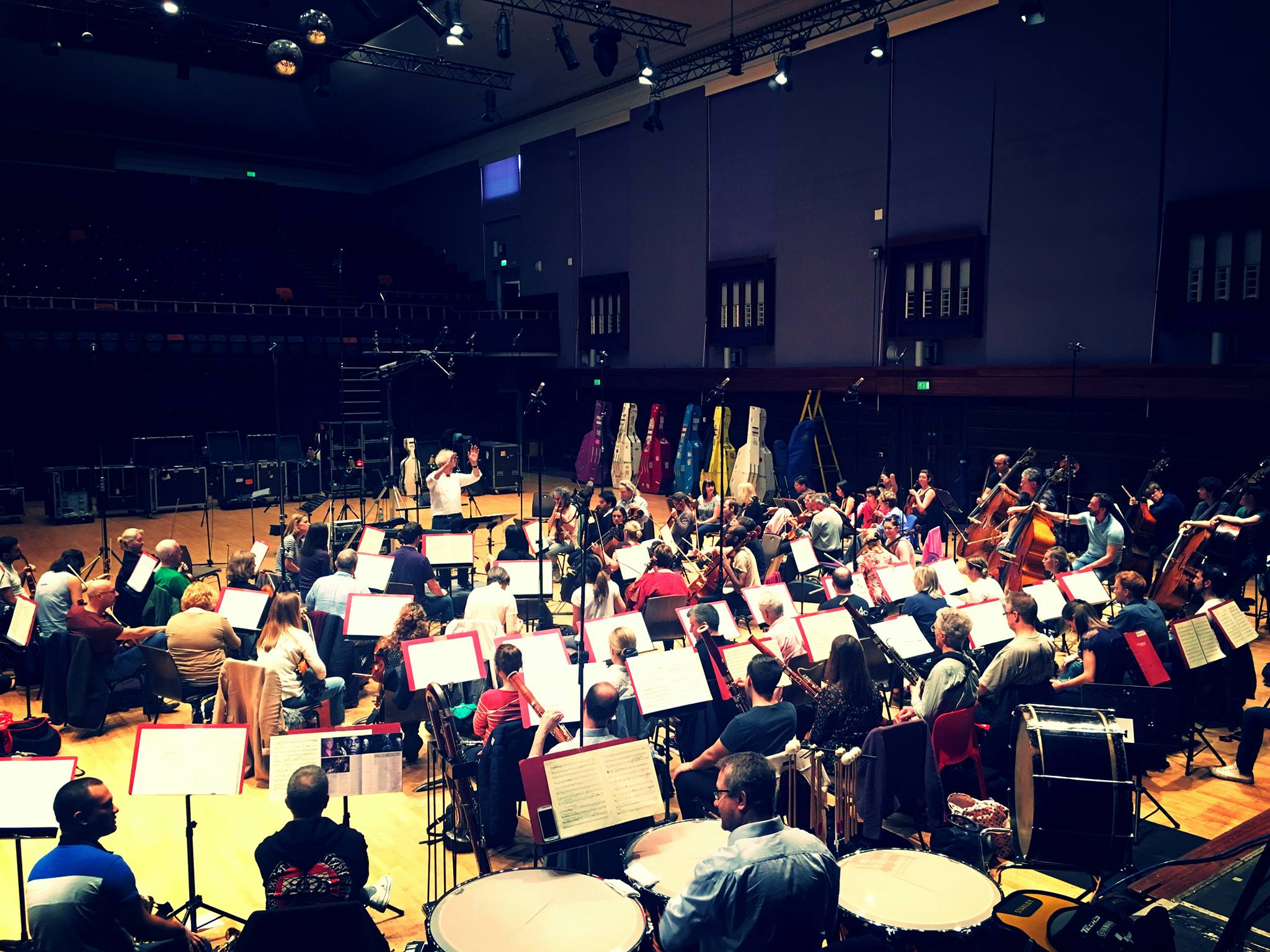
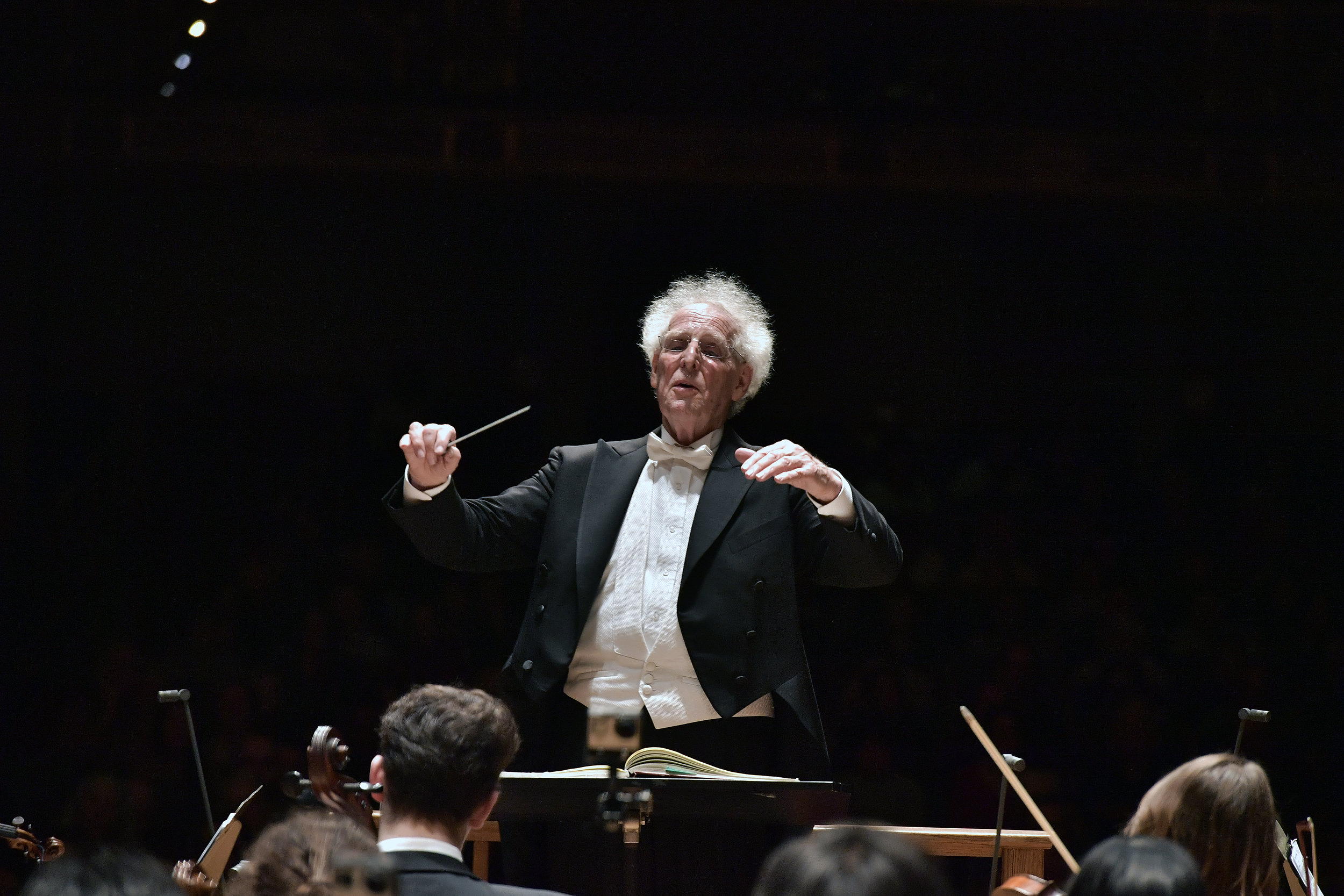
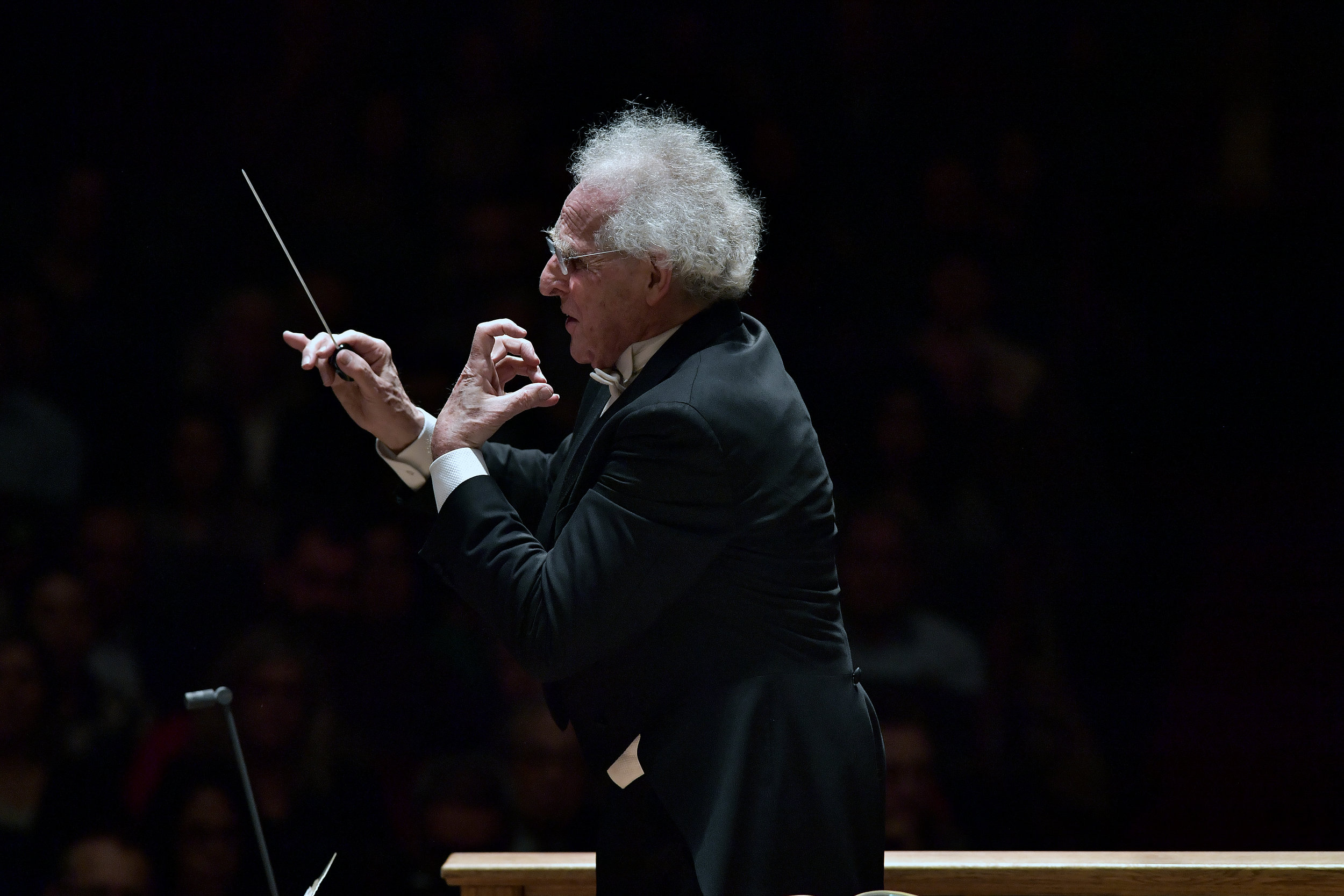


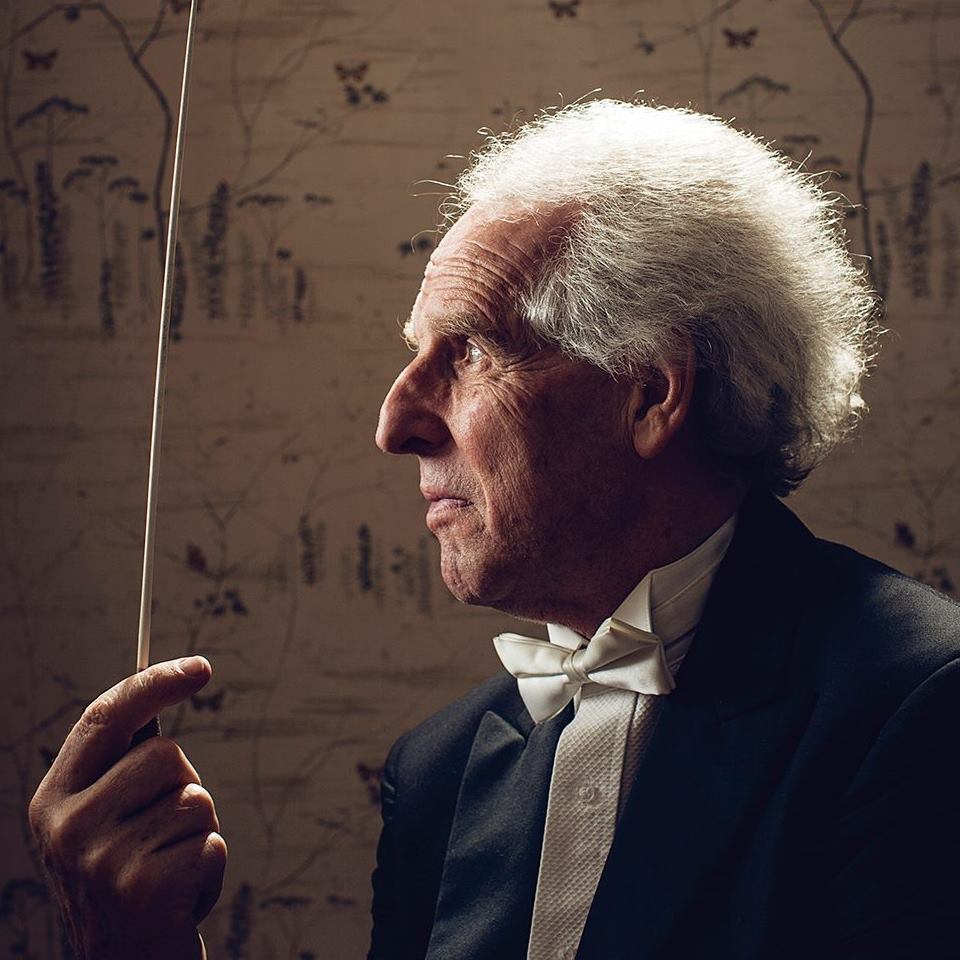
Your Custom Text Here
Buy the CD set
Visit the Benjamin Zander Center
With malice toward none and clarity for all conductor and popular TED Talk speaker on the soul-strengthening power of classical music, Benjamin Zander has resolved nearly two hundred years of misunderstanding about the tempo markings of what is without question the greatest celebration of hope for humanity ever penned, Beethoven’s choral Symphony No. 9 “Ode To Joy.” He, with input from Beethoven scholar Stewart Young, has produced concrete answers to questions about Beethoven’s tempi where hearsay and superstition have previously held sway.
London’s Philharmonia Orchestra, the Philharmonia Orchestra Chorus, Stefan Bevier Chorus Master and world class soloists soprano Rebecca Evans, mezzo-soprano Patricia Bardon, tenor Robert Murray and bass-baritone Derek Welton have released a breathtaking new recording under Benjamin Zander’s inspired intellectual guidance, after 40 years experience of conducting the work, that needs to be studied carefully by every conductor, musician and singer in the world, professional and amateur alike who loves this masterpiece. The reward for listeners and performers is discovering what Beethoven really intended.
Two CDs of this beautifully designed three CD package are devoted to Zander’s fascinating narrative of discovery. Rather than diss the current mistaken performance traditions - the famous march in the last movement for example is heard here for the first time at Beethoven’s hair-raisingly fast intended tempo - Zander celebrates the beauty of these interpretations, while also encouraging musicians and listeners to consider open-mindedly that several of the tempos we’ve become accustomed to are simply wrong.
Conductor Benjamin Zander and his Philharmonia Orchestra colleagues, singers and soloists have shaken off a late romantic Brucknerian patina that has weighted performances of the Ninth Symphony for over a century. The result is a lighter, faster, far more energized and text-pertinent interpretation that honors Beethoven’s instructions and corrects what in some cases was simple human notational error. This Beethoven 9 put simply, is historic and will change forever, our understanding of Schiller’s words, “Your magic binds together what habit and fashion has torn apart.”
Daniel Kepl | Performing Arts Review
Buy the CD set
Visit the Benjamin Zander Center
With malice toward none and clarity for all conductor and popular TED Talk speaker on the soul-strengthening power of classical music, Benjamin Zander has resolved nearly two hundred years of misunderstanding about the tempo markings of what is without question the greatest celebration of hope for humanity ever penned, Beethoven’s choral Symphony No. 9 “Ode To Joy.” He, with input from Beethoven scholar Stewart Young, has produced concrete answers to questions about Beethoven’s tempi where hearsay and superstition have previously held sway.
London’s Philharmonia Orchestra, the Philharmonia Orchestra Chorus, Stefan Bevier Chorus Master and world class soloists soprano Rebecca Evans, mezzo-soprano Patricia Bardon, tenor Robert Murray and bass-baritone Derek Welton have released a breathtaking new recording under Benjamin Zander’s inspired intellectual guidance, after 40 years experience of conducting the work, that needs to be studied carefully by every conductor, musician and singer in the world, professional and amateur alike who loves this masterpiece. The reward for listeners and performers is discovering what Beethoven really intended.
Two CDs of this beautifully designed three CD package are devoted to Zander’s fascinating narrative of discovery. Rather than diss the current mistaken performance traditions - the famous march in the last movement for example is heard here for the first time at Beethoven’s hair-raisingly fast intended tempo - Zander celebrates the beauty of these interpretations, while also encouraging musicians and listeners to consider open-mindedly that several of the tempos we’ve become accustomed to are simply wrong.
Conductor Benjamin Zander and his Philharmonia Orchestra colleagues, singers and soloists have shaken off a late romantic Brucknerian patina that has weighted performances of the Ninth Symphony for over a century. The result is a lighter, faster, far more energized and text-pertinent interpretation that honors Beethoven’s instructions and corrects what in some cases was simple human notational error. This Beethoven 9 put simply, is historic and will change forever, our understanding of Schiller’s words, “Your magic binds together what habit and fashion has torn apart.”
Daniel Kepl | Performing Arts Review
Daniel Kepl chats with conductor Benjamin Zander
B9 Trailer
Recording Beethoven 9
Discussion - Extremely Controversial Points & Explanations (1) : March and Double Fugue
Photo by Paul Marotta
IV. Finale: Chorus "an Die Freude" ("Ode to Joy")
Photo by Paul Marotta
II. Scherzo. Molto Vivace - Presto
Photo by Koren Reyes
Discussion - Beethoven and Tempo: The Miracle of the Metronome
Photo by Paul Marotta